Intermittent Fasting For Beginners!
Intermittent fasting or IF is a pattern or schedule of eating. It’s not a diet, meaning it doesn’t change what you eat, just when you eat.
Intermittent fasting can help with fat loss along with many other benefits which we’ll cover in a moment. Interestingly, many people will eat the same amount of calories and still reap the benefits. It’s a great way to get lean and retain muscle mass.
How Does Intermittent Fasting Cause Fat Loss?
When it comes to digestion, the body has 2 states. They are the:
4-Week Keto Meal Plan
- 4 Weeks of Delicious Keto Recipes!
- Leftovers and Bulk Preps Included
- Maximize Your Keto Diet's Success
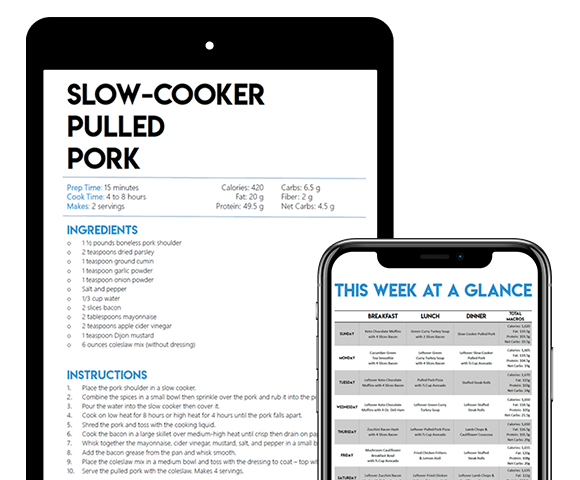
- Absorptive State (Fed State) – the period in which your body is digesting and absorbing food. It starts when you begin eating and continues for about 4 hours as you digest and absorb everything you just ate.
- Post-absorptive State (Fasting State) – the period in which your body isn’t processing a meal (digestive tract is empty) and energy comes from the breakdown of your body’s reserves.
Once your body has entered the fasting state, the body begins to use its available stores to provide energy, especially glucose for the brain. The first reserve of glucose is the liver’s stores of glycogen which will maintain blood sugar levels for about 4 hours.
After these 4 hours (about 8 hours after the last meal), fatty acid oxidation (fat burning) generates the energy needed for the brain and body. The longer the fasting state lasts, the longer the fat burning continues (source). This is why it is beneficial to hold fasts daily for as long as possible.
Benefits of Intermittent Fasting
- Accelerated fat burn during fasting period – once the body depletes the liver’s glycogen stores, it taps into the glycogen stored in your muscles and then breaks down fat. The more time away from food, the more time you break down stored fat for energy meaning longer fasting periods are better for fat loss (source).
- Limiting caloric intake – by limiting the period of which you can eat, you effectively limit any excess you would have tried to eat pre or post the feeding window. This does not mean you can’t go over your calories during the feeding window, but it does help overall.
- Increased metabolic adaptations – your workout performance will increase in a fasted state vs. non-fasted state (study).
- Spend less time eating, more time free – with intermittent fasting, it’s almost necessary to schedule meals and eat/prepare less often.
Low Carb Intermittent Fasting
Keto Intermittent Fasting is perfect for those already living a keto lifestyle or looking to start. There are a few reasons:
- Fat burning is maximized – When one is in a state of ketosis (and especially keto-adapted), the body is already using fat as fuel (mostly the fat we feed the body) and is ready to use its fat reserves in an instant. With keto and intermittent fasting, your body is much more efficient at burning fat so the more time you spend in a fasted state, the more fat you burn than if not in ketosis (and especially when keto-adapted).
- Lower liver stores – Due to a low carb availability, glucose levels are much lower than for non-keto/low carb dieters, meaning you enter the fasted state sooner and you are burning fat reserves for glucose and ketones even longer.
What is the feeding period?
The feeding period is the window time you are allowed to eat within. You may have 1 or more meals (the actual number does not matter, just the caloric intake) which should make up the total daily calories and macronutrients you are consuming.
If you want to eat 2000 calories a day, make sure to eat those 2000 at any point within your feeding period.
I like to break it up into 2 meals – lunch and dinner. I usually wake up around 9 am, skip breakfast and eat a BIG lunch at 12 pm. Then I have a BIG dinner at 8 pm. In those two meals, I make sure to hit all my daily macros.
What kind of schedule should I keep to?
Many people have different fasting periods, and the one that may work for you may be longer or shorter than mine. Here are some fasting schedules to give you an idea of what you can try and decide what will work best for you:
- 8/16 – 8 hours feeding, 16 hours fasting
– Example Schedule: 12 pm to 8 pm feeding, 8 pm to 12 pm (next day) fasting - 6/18 – 6 hours feeding, 18 hours fasting
– Example Schedule: 1 pm to 7 pm feeding, 7 pm to 1 pm fasting - 5/19 – 5 hours feeding, 19 hours fasting
– Example Schedule: 2 pm to 7 pm feeding, 7 pm to 2 pm fasting
At first, it’s easier to keep a wider feeding window (e.g. 8 hours) in the middle of the day. Most find it easy to skip breakfast by having a big lunch. And having a big dinner at the end of the feeding window means you shouldn’t have much trouble making it to bedtime. If you do, water, tea or coffee is allowed during fasting periods (sweetened with no-calorie sweeteners). Beverages under 50 calories won’t put your body into an absorptive state.
As your body becomes more accustomed to fasting, you will be able to cut the feeding window shorter and shorter. You’ll have to test how short you can make it before you body says no more! The longer the fasting periods, the more benefits you will receive (especially fat burning).
Have questions?
Great because we love answering them! Go to our Intermittent Fasting FAQ page and find the answers you’re looking for! If you can’t get the answer to your questions, you can ask them at the bottom in the comments, and we’ll be happy to answer them.
Sample Recipes
View our keto recipes page to get started. All are low in carbs and high in fat, with macros listed before the ingredients list.
Disclosure:
We are not nutritionists or doctors, and this information is not meant to be given as medical advice. We are two people sharing our success strategies and resources and encouraging you to do further research to see if they’ll work for you too. Before starting any diet, you should consult with your physician to rule out any health issues that could arise. Safety first, results second.
NUTRITIONAL DISCLAIMER
The content on this website should not be taken as medical advice and you should ALWAYS consult with your doctor before starting any diet or exercise program. We provide nutritional data for our recipes as a courtesy to our readers. We use Total Keto Diet app software to calculate the nutrition and we remove fiber and sugar alcohols, like erythritol, from the total carbohydrate count to get to the net carb count, as they do not affect your blood glucose levels. You should independently calculate nutritional information on your own and not rely on our data. The website or content herein is not intended to cure, prevent, diagnose or treat any disease. This website shall not be liable for adverse reactions or any other outcome resulting from the use of recipes or recommendations on the Website or actions you take as a result. Any action you take is strictly at your own risk.
- EPIC Keto Krate Haul! - February 13, 2020
- 30+ Low Carb Snacks (Keto Snacks) with Little to No Prep - January 1, 2019
- Keto Browned Butter Pumpkin Spice Latte [VIDEO] - November 13, 2018
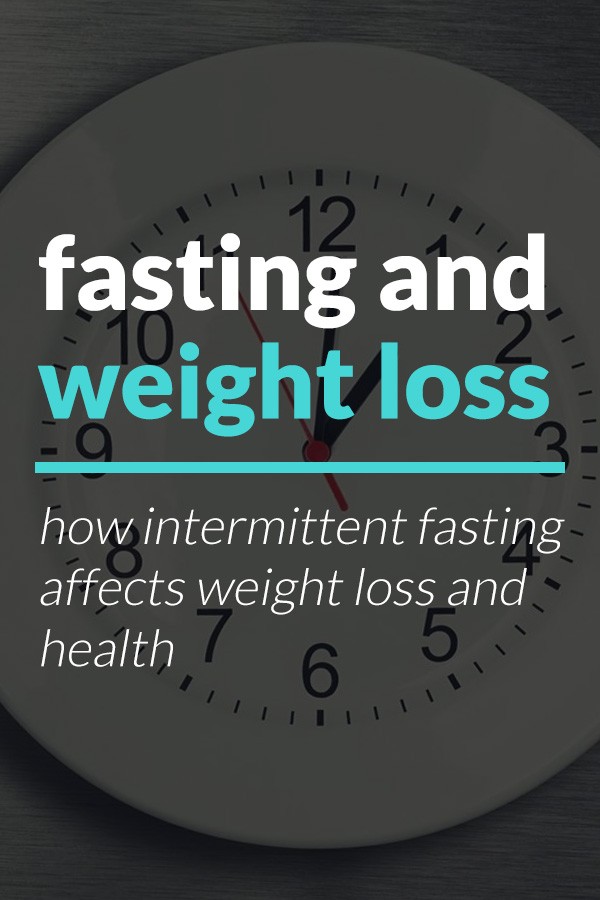
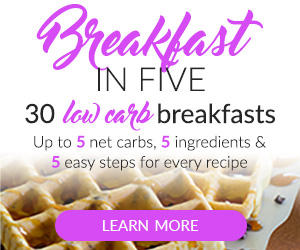
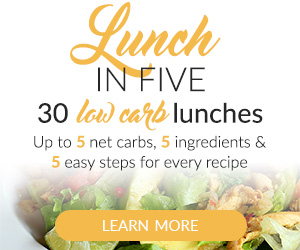
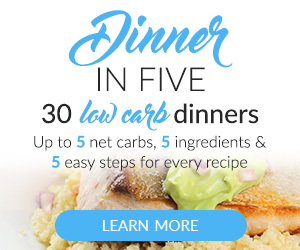
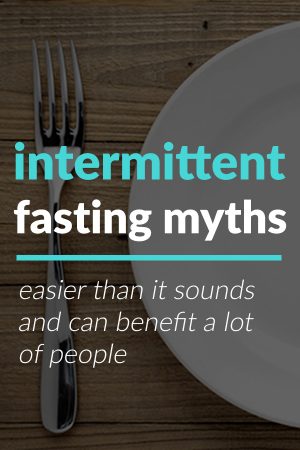
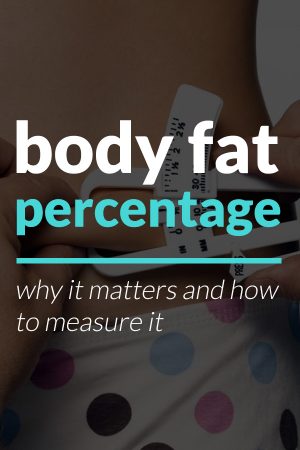
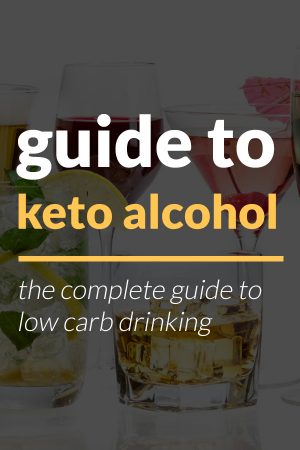


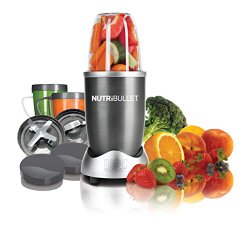
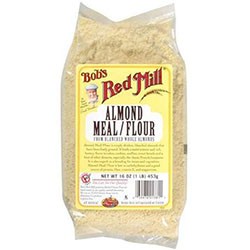
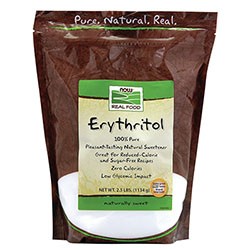
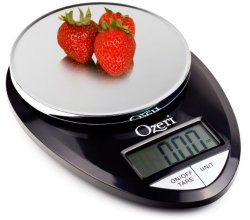
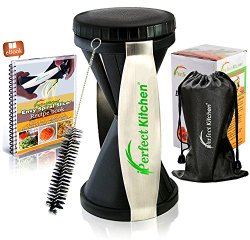
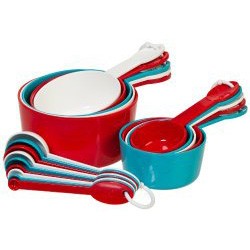
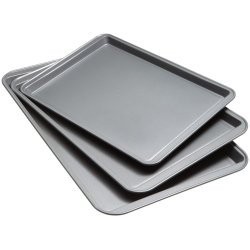
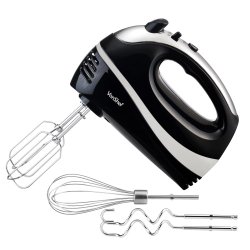


If fasting… what is the suggested drinks? I typically drink bottled what with 0 calorie flavor packets or diet mt dew for caffeine. Would that be allowable during the fasting hours?
When doing the 19/5 and Keto is it ok to have a bulletproof coffee in the morning. So it would look like 7pm-8am fast, bulletproof coffee until 9, then 9am-2 fasting. Will this generate weight loss? During my feeding time of 2-7 I eat about 1600 cals including the coffee (cals within the Keto macros plan), and I workout mon-fri. Is this still fasting?
Bulletproof coffee would break your fast, unfortunately. It’s got too many calories.
I wish your books were in hard copy not E-books. Do you plan to do hard copy?
Yes, Joyce! We’re actually so close to releasing hard copies of our books. We’re so excited! Make sure you’re subscribed to our newsletter where we’ll make the announcement.
How many grams of fat are you eating at lunch and dinner if you are doing a 16/8?
Did that after 8 weeks of nothing, when I started, then “whoooosh”, 12 lbs came off…THEN…6 more weeks of NOTHING, even while fasting DAILY. Bumping up workouts now because this keto thing is so complicated to figure out with all the other things that can affect it.
Hi Lisa,
One thing you can count on always, regardless of the diet or eating schedule is calories in vs. calories out.
If you eat fewer calories than you burn, you will lose weight. There’s no going around physics.
If by increasing workouts, you will make your burn rate higher than your intake, then you will lose weight. You can also reduce caloric intake daily and you will get results.
I follow the 24 hour fasting three times a week and am trying low carb. So far in 3 weeks I have lost 7lbs. But feeling I should be losing more. Any suggestions or am I on tack?
Hi Cheryl,
It also heavily depends on your caloric intake vs how much you burn daily. Have you used our keto calculator?
https://www.tasteaholics.com/keto-calculator/
1) During lessons related to food, I read that we have to take 3 meals a day, perfectly ontime. Otherwise stomach will produce digestive acids and leads to ulcer, gastric problem etc., but now IF sounds something like eat when you are hungry. No need to eat same time everyday. Is this the correct understanding of mine ?
Ultimately, this is what happens when you intermittently fast for a little while. You eat when you’re hungry. “Breakfast being the most important meal of the day” is a myth; the quality of your food matters more. That’s why a ketogenic diet and IF go hand-in-hand. Keeping your carbs and sugar low helps you start and maintain IF better since you’re not going to be experiencing insulin spikes.